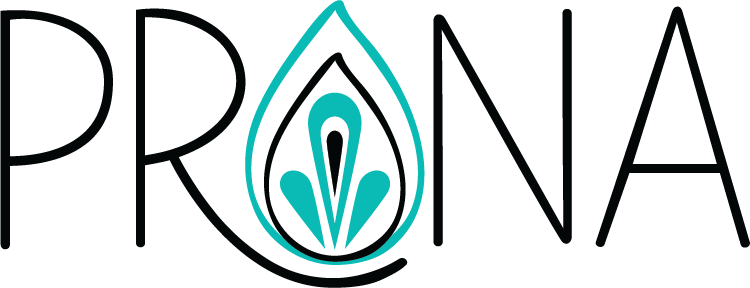Trust is Everything
Hello friends! Wow what a weekend it’s been! We’re thrilled to be celebrating our two year anniversary. Don’t they say the first two years of a new business is the hardest? I never thought I’d have a job as satisfying and joyful as this one. Here’s to many more years of learning and growing together!
Be sure to catch the FREE classes on our new YouTube page. Many of them are only available this weekend!
And now…let’s continue our chat:
How do you manage and plan classes for students that haven’t danced together in two years?
Back in my corporate world, we did a lot of team building activities. Some of them were super cheesy and some of them were surprisingly effective, like the time we broke into teams and built bikes for children at Christmas.
While there are certainly plenty of “team building” exercises for troupes, how do we break the ice or connect dancers together in a level one or two class? Especially at a time when many of us are just getting used to being social in groups of people.
Research shows there are four categories for team building:
· Communication activities.
· Problem solving and decision-making activities.
· Adaptability and planning activities.
· Trust-building activities.
Let’s look at some ideas for each one as they pertain to FCBD Style classes
Communication activities:
Introductions – This is a classic go-to and something I do at the beginning of every six-week series or intimate workshop. I encourage you to get creative with this. Personally, I love creating a circle before each class and checking in with each student. Ask them to share their name, but also include a question that is light and almost silly. For example “tell us your name, pronouns and your favorite ice cream flavor” This one always gets people smiling and connecting through their mutual flavor favorites!
Gratitude – A very special way to connect early in class is to do Gratitude facing into the circle. Make eye contact with each person as you gesture to acknowledge the people we dance with. It’s intimate, can be slightly uncomfortable, but definitely helps create connection. For more advanced level classes, maybe dance the rest of the song facing into the circle.
Problem Solving and decision-making activities:
I feel like this is an area where FCBD Style dances thrive. In a classroom situation, some ideas would be get students to create a simple combination with you. Maybe start with a Figure 8 and ask them what should come next and why (i.e. hand floreo, arm undulation, walking arms to prep for bodywave, etc). This creates excitement to try out the combination as well as gets them engaged in the process. Making them feel like they are part of the creative process really helps students feel connected.
In a more advanced level class, I find it fun and super challenging to have the students alternate leading (through a volleyball type formation) and tell them they aren’t allowed to do Pivot Bumps. This sounds easy until you realize how often the Pivot Bump becomes our comfort zone and “go-to” step. Leaders have to quickly adapt and work through their challenge, but this also gives the followers an opportunity to practice what happens when the lead misses a beat or doesn’t transition clearly.
Adaptability and planning activities:
This next idea is best for a more intermediate or advanced level class. Nothing gets people working together better than planning a set! Even if its just a short one, giving your students 5 minutes to pick the songs and decide who is coming out when had such a huge impact on building stronger connection within my classes. Working together, compromising and adapting to what is best for the group rather than the individual are all great aspects of this exercise.
Trust building activities:
I feel like nothing builds trust like working in a duet. I feel duet drills are especially important to ease people into dancing with a full group. A fun exercise towards the end of class is to put everyone in duets and have them dance either facing in or assigning the most experienced dancer to be the lead. Then, every few minutes, ring a bell and have them switch partners (like speed dating). BUT, here’s the thing….they aren’t allowed to talk. So they have to find a new partner, situate themselves in a formation and fall into their dancing without speaking. Not only is this a great way to build trust with each other, but everyone gets to dance together and they practice working through issues together with body language, just like we would do on stage.
These are just a few examples of some fun things you may want to try. I’d love to hear your ideas! I always welcome your emails and DMs.
Next week we’ll round out this series with some thoughts on how to build on the teamwork in and outside of the classroom.
